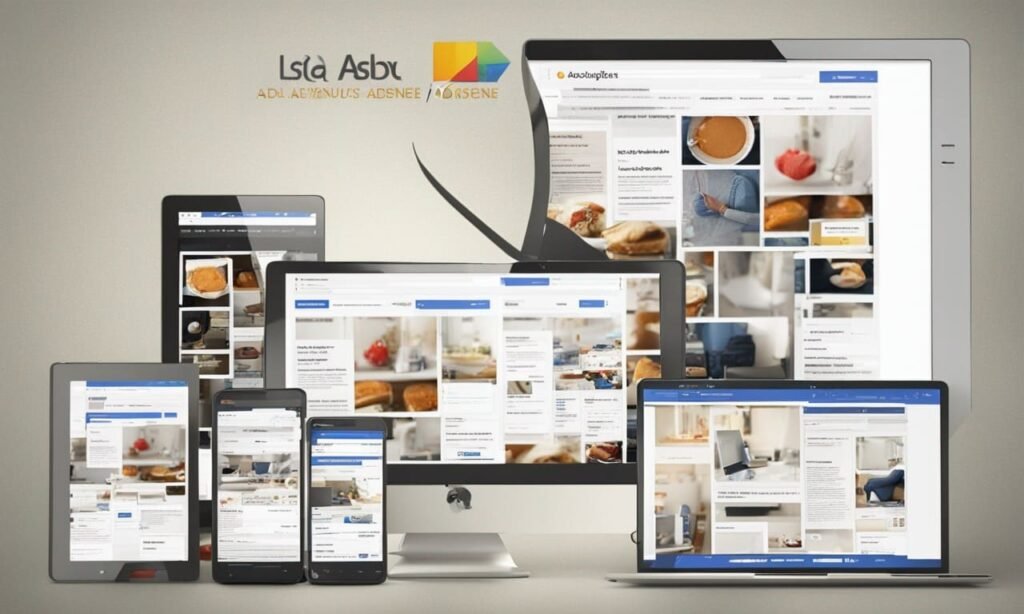Google AdSense is one of the most popular ways to monetize websites, but earning the maximum revenue requires more than just placing ads randomly. One of the smartest ways to increase your earnings is through A/B testing your ad layouts to discover which designs, placements, and formats drive the highest click-through rates (CTR). In 2025, leveraging A/B testing tools and techniques is essential to stay competitive and optimize your AdSense performance effectively.
This guide covers the principles of A/B testing specifically for Google AdSense ad layouts and offers a step-by-step approach to help you boost your CTR and revenue with data-driven decisions.
Understanding A/B Testing for AdSense
A/B testing, also known as split testing, is a method where you compare two or more versions of a webpage or ad layout to see which one performs better. For AdSense, this means testing different ad placements, sizes, colors, and types on identical or similar content pages and comparing user interaction metrics such as CTR and revenue.
The goal is to make incremental improvements based on actual user behavior rather than assumptions, greatly enhancing the effectiveness of your ad strategy.
Why A/B Test Ad Layouts?
-
Data-Driven Decisions: Remove guesswork by basing content and ad changes on real-world results.
-
Identify High-Performing Ad Spots: Certain placements attract more clicks and revenue; testing reveals these insights.
-
Improve User Experience: Optimize balance between ads and content for usability and monetization.
-
Adapt to Audience Behavior: Track how different visitor segments respond to varied ad setups.
-
Maximize Revenue Potential: Even small CTR improvements can significantly increase monthly earnings.
Elements to Test in Your Ad Layouts
When setting up A/B tests for AdSense ads, consider experimenting with these variables:
Ad Placement
-
Above the fold versus below the fold
-
Inline content versus sidebar
-
Header or footer ads
Ad Size and Format
-
Leaderboard (728×90), Medium Rectangle (300×250), Large Mobile Banner (320×100), etc.
-
Text ads versus display ads or native ads
Ad Colors and Styles
-
Matching ads to your site colors for better integration
-
Contrasting ads to attract attention
Number of Ads per Page
-
Single ad versus multiple ad units
-
Balancing ads with content density to avoid clutter
Step-by-Step Guide to Conduct Effective A/B Testing for AdSense
Step 1: Choose Your Testing Tool
Google AdSense has a built-in Experiments feature that allows you to set up A/B tests for ad settings. Alternatively, third-party tools like Google Optimize or Optimizely can conduct higher-complexity split tests on your website pages.
Step 2: Define Your Hypothesis
Before testing, clearly define what you want to learn. For example, “Will placing a medium rectangle ad at the top of posts increase CTR compared to the sidebar ad?” or “Does a blue ad background perform better than grey?”
Step 3: Set Measurable Goals
Establish clear metrics such as CTR, RPM (Revenue Per Thousand Impressions), or total revenue to compare performance.
Step 4: Create Variations
Build two or more ad layout versions with one variable changed to isolate impact. Make sure all other aspects remain constant to ensure valid results.
Step 5: Run the Test for Sufficient Time
Run the experiment long enough to gather statistically significant data. This usually depends on your site traffic—higher traffic sites require fewer days.
Step 6: Analyze Results and Implement Changes
Use the test data to identify the winning variant, then apply the changes permanently to your site.
Step 7: Repeat and Optimize Continuously
Ad performance fluctuates over time, so ongoing testing of different elements is necessary to maintain and increase CTR.
Best Practices for A/B Testing Ad Layouts
-
Test One Variable at a Time: Changing multiple elements simultaneously can confuse results.
-
Use Sufficient Traffic: Ensure your site gets enough visitors to reach reliable conclusions.
-
Keep User Experience in Mind: Avoid intrusive placements that harm site usability.
-
Document Your Tests: Maintain records of results and strategies for future reference.
-
Stay Updated with Google Policies: Ensure tests comply with AdSense policies to avoid penalties.
High Authority Resource for A/B Testing Guidelines
For comprehensive details on Google AdSense Experiments and best practices, refer to Google’s official Help Center: AdSense Experiments.
Read More: How to Use Google Analytics to Increase Your AdSense Revenue in 2025
Conclusion
A/B testing ad layouts is a powerful way to maximize your Google AdSense click-through rates and boost overall revenue in 2025. By systematically experimenting with ad placements, formats, and styles based on real user data, you make informed decisions that elevate your monetization strategy. Combining thoughtful testing with user experience optimization allows you to sustain long-term growth in your blogging or website business.
Regularly measuring, analyzing, and adapting your ad setups ensures you stay ahead of trends and maintain the highest possible earnings from your AdSense account.

